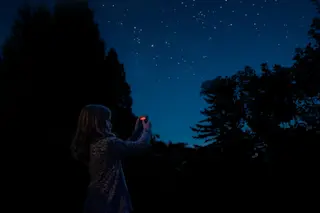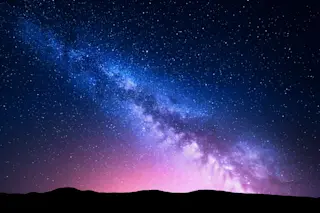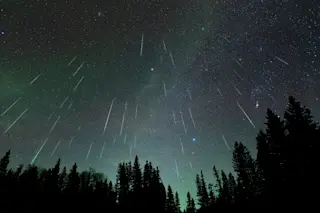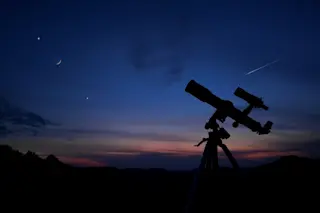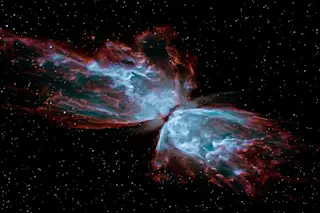Citizen Science Salon is a partnership between Discover and SciStarter.Org.
For most of human history, we slept under the stars. Instead of staring at electronic screens, our ancestors watched the light from the heavens. Things have changed dramatically in recent decades. Seven out of 10 people living in the U.S. today have never seen the Milky Way. Light pollution from street lights, homes, businesses and sports fields now obscures the night sky. And the problem is only getting worse.
But today researchers are also spreading the word about the harms of light pollution, and even going beyond to begin finding solutions. One such group is Globe at Night, a National Science Foundation-funded citizen science project.
Globe at Night asks volunteers to go outside and measure light pollution in their communities using either the naked eye or a simple piece of equipment called a Sky Quality Meter. These devices use extremely ...


